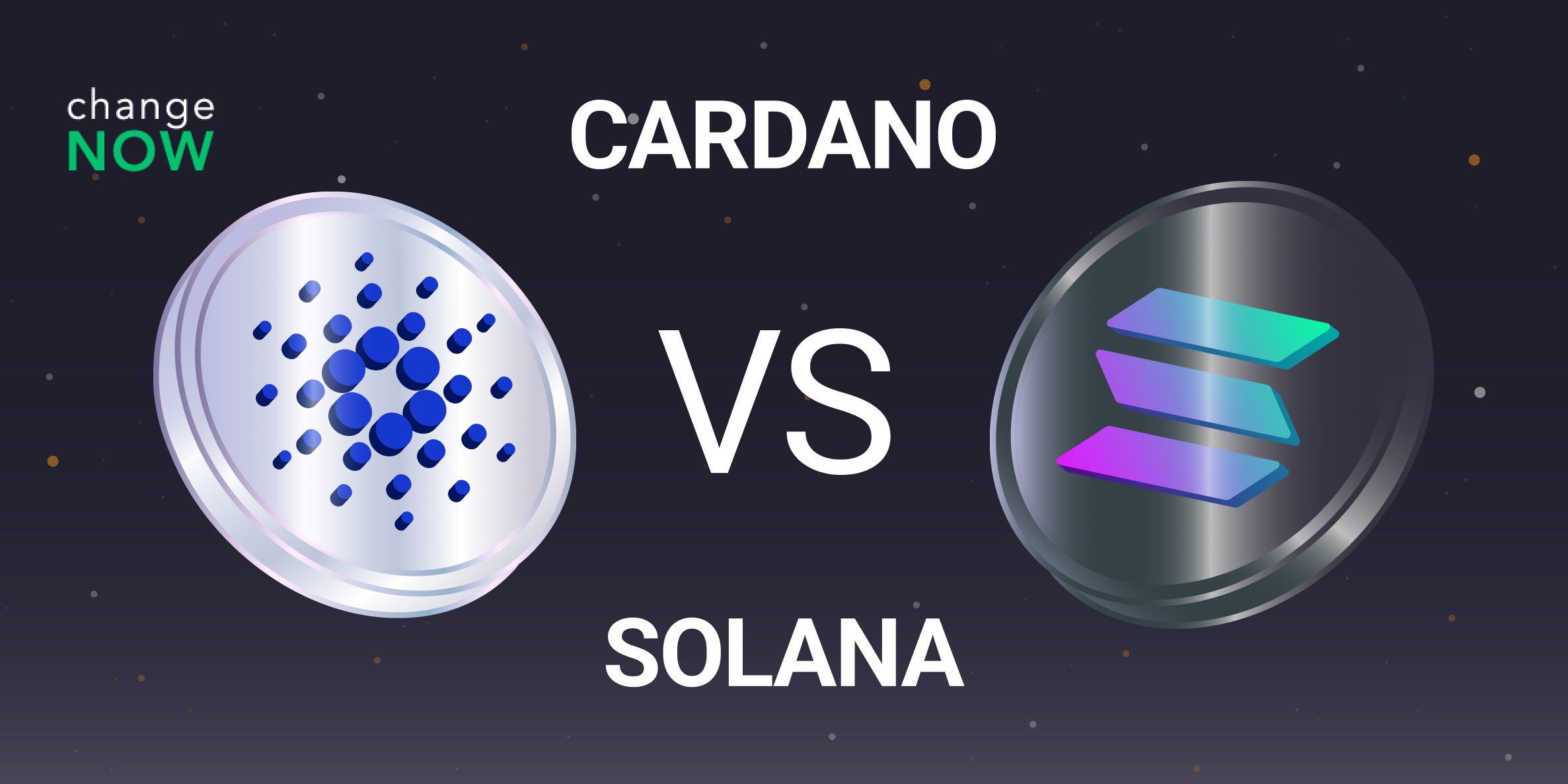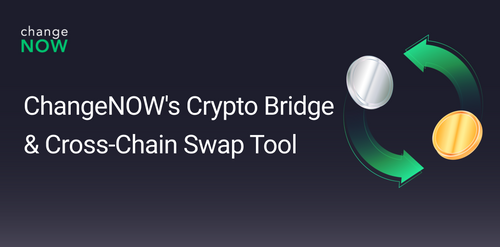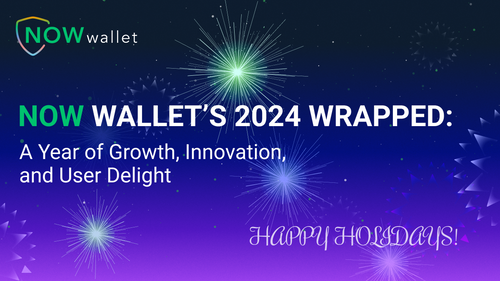Cardano vs Solana: Key Differences 2025

Batman VS Superman, Naruto VS Sasuke, and now... Cardano VS Solana! When comparing top-tier blockchain platforms, Cardano and Solana are often brought into the conversation. Both are powerful in their own right but follow distinct paths toward scalability, security, and decentralization. In this article, we’ll explore the key differences and similarities between these blockchains, how they’re used today, and what their futures hold. Let’s dive into the world of Cardano and Solana!
Key Takeaways
- Cardano emphasizes security and a methodical, research-driven approach, while Solana prioritizes speed and scalability.
- Cardano is gradually improving its scalability.
- Solana just launched Solana v2.0, improving its already impressive throughput and network stability.
Differences Between Cardano and Solana
Here’s a quick look at how these two blockchains compare in terms of technology and features:
| Feature | Cardano | Solana |
|---|---|---|
| Consensus Mechanism | Ouroboros (Proof of Stake) | Proof of History + Proof of Stake |
| Transaction Speed | Moderate (Future plans to enhance speed and scalability through the Leios Update) | Very high (40,000–65,000 TPS) |
| Energy Efficiency | High (PoS) | Moderate (PoH uses more energy) |
| Smart Contracts | Supported (Plutus) | Supported (Rust, C, C++) |
| Developer Ecosystem | Academic-focused, slow development | Developer-friendly, fast-paced |
| Use Case Focus | RWA Tokenization, research | DeFi, dApps, NFTs |
| Launched | 2017 | 2020 |
Explaining the Differences Between Cardano and Solana
1. Consensus Mechanism
Cardano uses Ouroboros, a Proof of Stake (PoS) mechanism known for its energy efficiency and strong security. It is one of the most eco-friendly blockchains in operation today.
On the other hand, Solana combines Proof of History (PoH) with PoS to increase throughput. PoH timestamps transactions before they are verified, allowing for high transaction speeds but requiring more energy than Cardano.
2. Transaction Speed
Cardano's current transaction speed is modest, but that’s set to change with Hydra developments and Leios Update, which are expected to increase its TPS (transactions per second) significantly by early 2025.
Solana, with its unique PoH system, already handles 40,000–65,000 TPS, making it one of the fastest blockchains out there. The recent Solana 2.0 upgrade has further optimized the network for even better scalability.
3. Energy Efficiency
Cardano is highly energy-efficient due to its PoS model, which requires significantly less computational power compared to Proof of Work (PoW) chains.
Solana, while faster, uses more energy because of its PoH system. Though it’s not as resource-heavy as PoW blockchains, Solana’s energy usage is higher compared to Cardano’s pure PoS system.
4. Scalability
Cardano’s scalability is set to see a significant boost with the rollout of Hydra updates and Leios Update, which could potentially bring its throughput on par with or even surpassing other leading blockchains.
Solana, however, has already achieved incredible scalability, boasting a capacity of 50,000 TPS or more, making it ideal for high-volume applications such as decentralized exchanges (DEXs) and NFT marketplaces.
5. Smart Contracts
Cardano supports smart contracts through its Plutus platform. However, the development process can be slower because of Cardano's academic approach.
Solana, with its high-speed network, supports smart contracts written in Rust, C and C++, making it easier for developers to create and deploy decentralized applications (dApps) quickly.
6. Developer Ecosystem
Cardano’s development is more research-driven, taking a slower, methodical approach. It’s favored by developers who prioritize security and validation.
Solana, by contrast, is highly developer-friendly and has a fast-growing ecosystem of dApps, DeFi projects, and NFTs. Its speed and lower costs make it attractive to developers looking for performance.
7. Use Case Focus
Cardano's focus is on RWA tokenization, identity solutions, authenticated ownership and provenance. Projects like Atala PRISM are designed to bring decentralized identity to regions with underdeveloped identity infrastructure.
Solana is laser-focused on DeFi (Decentralized Finance), dApps, and NFTs, making it a go-to platform for high-speed, low-cost applications in these areas.
Similarities Between Cardano and Solana
Though very different in their approaches, Cardano and Solana share some similarities:
- Decentralization: Both aim to provide decentralized networks, albeit through different consensus mechanisms.
- Proof of Stake: Both use PoS as part of their validation system, which makes them more eco-friendly than older Proof of Work blockchains like Bitcoin.
- Smart Contracts: Both platforms support smart contracts, allowing developers to build decentralized applications on their respective blockchains.
- Growing Ecosystems: While Cardano takes a slower approach, and Solana is rapidly expanding, both are growing their ecosystems with more dApps, DeFi platforms, and innovative projects.
Future Plans for Cardano and Solana
Cardano’s Future
Cardano's roadmap is divided into five eras—Byron, Shelley, Goguen, Basho, and Voltaire—each focused on specific functionality delivered through multiple releases. Although presented sequentially, development for these eras occurs in parallel, with research, prototyping, and coding happening simultaneously. Each era’s dedicated page outlines its goals, key components, related research, and development updates, including real-time code commits. This represents years of collaborative effort across the platform.
Solana’s Future
Solana's roadmap focuses on improving scalability, decentralization, and developer experience. Key initiatives include enhancing validator performance, reducing hardware requirements, and increasing network security. Solana plans to introduce upgrades for seamless integration of decentralized apps (dApps) and improving user experience for mainstream adoption. The network aims to expand its ecosystem with partnerships, layer-2 solutions, and cross-chain interoperability. Continued focus on sustainability and energy efficiency will support long-term growth and stability.Final Thoughts
Cardano and Solana represent two very different approaches to blockchain, each with its strengths and weaknesses. Whether you prioritize **security and governance** (Cardano) or **speed and scalability** (Solana), both platforms offer exciting possibilities for developers and users alike.Ready to explore the world of Cardano or Solana? Head over to ChangeNOW and start exchanging your crypto to get in on the action!



